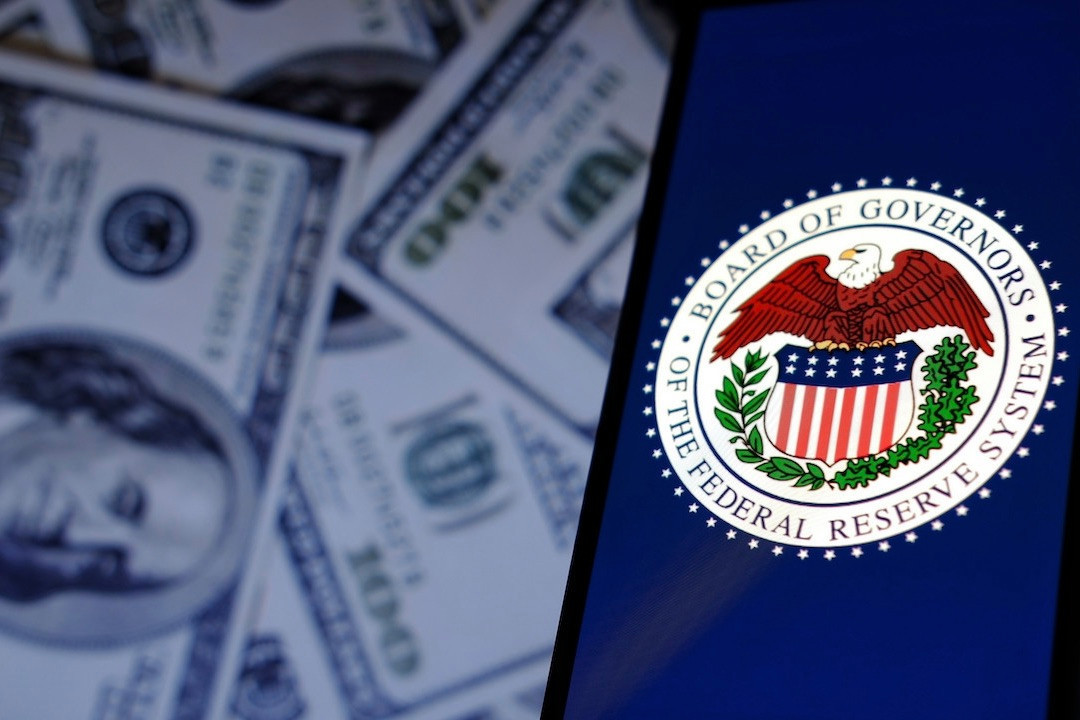This is a surprise. After raising its main policy rate from 0.25% in January 2022 to 4.50% last December--all in four hikes of 75 basis points and then another 50 basis points in December--the latest move by the US Federal Reserve is less than analysts had expected, who were counting on a 50 bp increase. Key rates are now between 4.50% and 4.75%.
Is this a sign that inflation has been beaten in the US? Surely not, according to Fed chairman Jerome Powell, for whom inflation “has eased somewhat but remains high” and who is concerned that while a “disinflationary process” has begun in goods, this is not the case in the services sector. “Inflation is more persistent there, and it will only come down if the labour market is rebalanced, where supply remains insufficient to demand,” said Powell, who warned the markets that “further increases would be appropriate” to achieve the 2% inflation target.
In other words, US monetary policy will remain tight. In the press conference that followed the announcement of this new tightening, he mentioned two more hikes and judged that it would be inappropriate to relax its policy in 2023.
The ECB’s turn
The ECB meets on 2 February and is .
The market is expecting a 50 basis point increase. The deposit rate would thus rise to 2.5%, the refinancing rate to 3% and the marginal lending rate to 3.25%.
Will the fact that inflation fell in January for the third month in a row to 8.5% prompt the Frankfurt institution to be less heavy-handed than expected, and to change the planned path of further increases by the end of the year? Nothing seems certain.
The point where the ECB will probably be the most awaited is the evolution of its balance sheet. The details of the reduction of the portfolio of bonds accumulated under the Asset Purchase Programme should be revealed. It will be clear how quickly the ECB will deplete its balance sheet and which categories of bonds will be retired without the proceeds being reinvested.
This story was first published in French on . It has been translated and edited for Delano.
